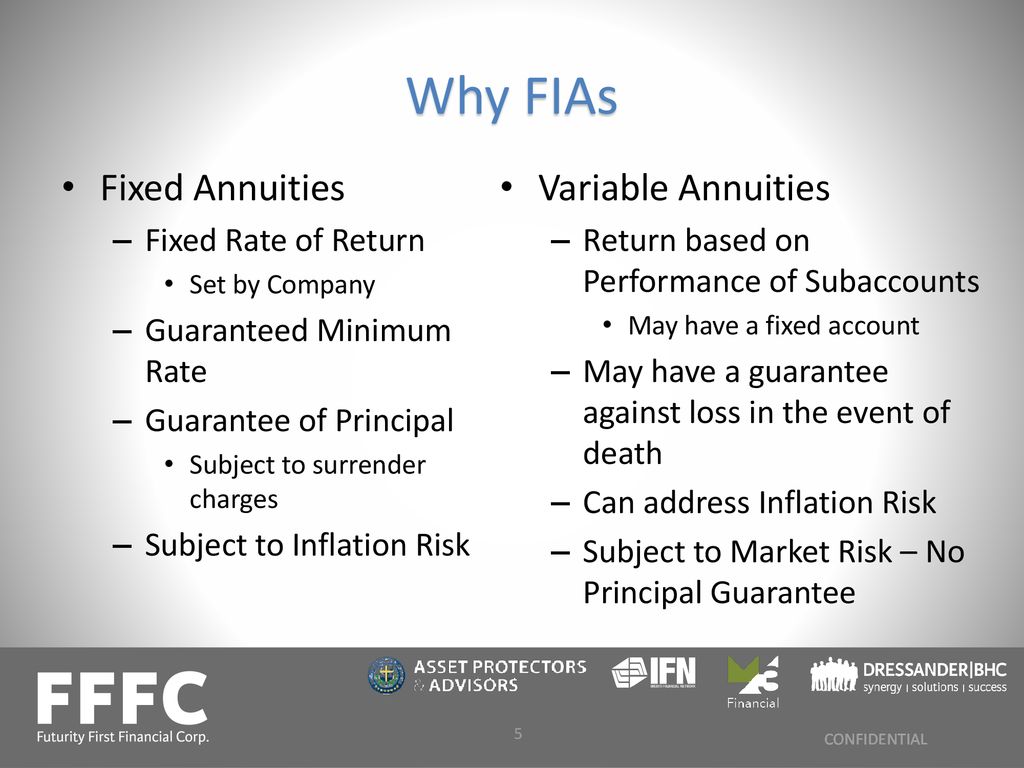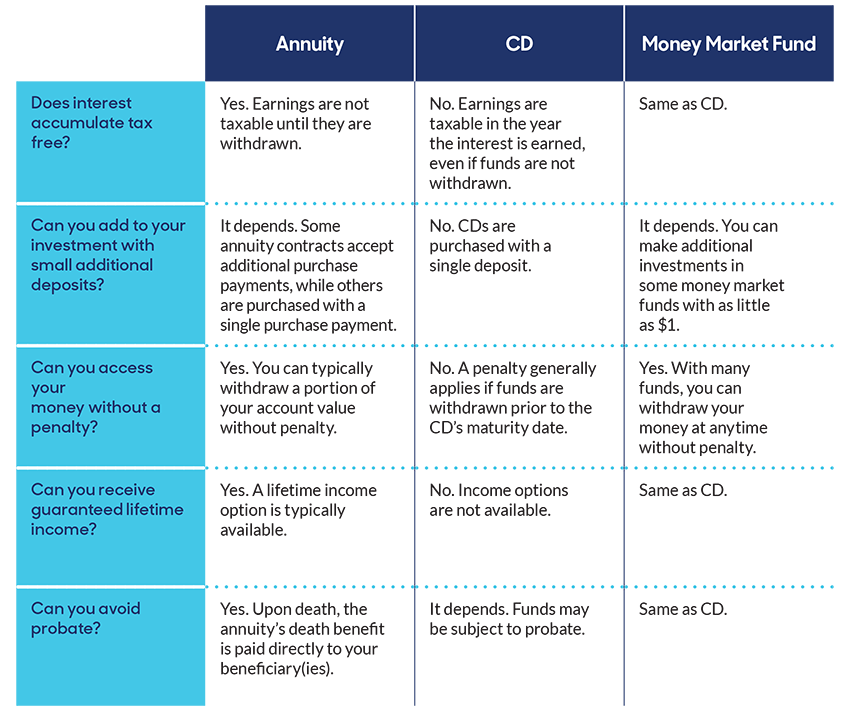All Categories
Featured
Table of Contents
Equally as with a taken care of annuity, the proprietor of a variable annuity pays an insurance provider a swelling sum or collection of settlements for the pledge of a series of future settlements in return. Yet as discussed over, while a taken care of annuity expands at a guaranteed, consistent price, a variable annuity expands at a variable rate that depends upon the efficiency of the underlying investments, called sub-accounts.

During the buildup stage, possessions invested in variable annuity sub-accounts expand on a tax-deferred basis and are tired just when the agreement proprietor withdraws those profits from the account. After the accumulation stage comes the revenue phase. Over time, variable annuity assets need to theoretically raise in worth up until the contract proprietor decides she or he would love to start withdrawing money from the account.
The most considerable concern that variable annuities generally existing is high expense. Variable annuities have numerous layers of fees and expenses that can, in accumulation, produce a drag of up to 3-4% of the agreement's worth each year.
Decoding How Investment Plans Work Key Insights on Your Financial Future Breaking Down the Basics of Investment Plans Pros and Cons of Variable Vs Fixed Annuities Why Choosing the Right Financial Strategy Can Impact Your Future Indexed Annuity Vs Fixed Annuity: Simplified Key Differences Between Indexed Annuity Vs Fixed Annuity Understanding the Key Features of Fixed Income Annuity Vs Variable Growth Annuity Who Should Consider Strategic Financial Planning? Tips for Choosing Fixed Indexed Annuity Vs Market-variable Annuity FAQs About Variable Annuity Vs Fixed Indexed Annuity Common Mistakes to Avoid When Choosing a Financial Strategy Financial Planning Simplified: Understanding Variable Vs Fixed Annuity A Beginner’s Guide to Annuities Variable Vs Fixed A Closer Look at How to Build a Retirement Plan
M&E cost fees are determined as a percent of the contract worth Annuity companies hand down recordkeeping and various other administrative prices to the contract owner. This can be in the type of a flat annual fee or a portion of the contract value. Administrative costs might be consisted of as part of the M&E threat fee or may be analyzed independently.
These fees can vary from 0.1% for passive funds to 1.5% or even more for actively handled funds. Annuity contracts can be customized in a number of means to offer the certain requirements of the contract proprietor. Some usual variable annuity bikers consist of ensured minimum build-up benefit (GMAB), guaranteed minimum withdrawal benefit (GMWB), and guaranteed minimum income advantage (GMIB).

Variable annuity payments offer no such tax reduction. Variable annuities often tend to be highly inefficient cars for passing wealth to the next generation because they do not take pleasure in a cost-basis adjustment when the original agreement owner passes away. When the owner of a taxable financial investment account passes away, the expense bases of the investments kept in the account are gotten used to show the marketplace rates of those investments at the time of the owner's death.
Highlighting Annuities Fixed Vs Variable Key Insights on Fixed Index Annuity Vs Variable Annuity Defining Fixed Vs Variable Annuity Advantages and Disadvantages of Fixed Annuity Or Variable Annuity Why Choosing the Right Financial Strategy Matters for Retirement Planning Fixed Index Annuity Vs Variable Annuity: How It Works Key Differences Between Different Financial Strategies Understanding the Risks of Fixed Annuity Vs Variable Annuity Who Should Consider Strategic Financial Planning? Tips for Choosing Fixed Vs Variable Annuities FAQs About Planning Your Financial Future Common Mistakes to Avoid When Planning Your Retirement Financial Planning Simplified: Understanding Tax Benefits Of Fixed Vs Variable Annuities A Beginner’s Guide to Fixed Annuity Vs Equity-linked Variable Annuity A Closer Look at Variable Vs Fixed Annuity
Such is not the situation with variable annuities. Investments held within a variable annuity do not receive a cost-basis adjustment when the original owner of the annuity passes away.
One significant issue associated with variable annuities is the capacity for problems of interest that may feed on the component of annuity salesmen. Unlike a financial consultant, who has a fiduciary duty to make financial investment choices that profit the customer, an insurance coverage broker has no such fiduciary commitment. Annuity sales are extremely financially rewarding for the insurance policy specialists that market them as a result of high in advance sales commissions.

Lots of variable annuity contracts have language which puts a cap on the percentage of gain that can be experienced by certain sub-accounts. These caps protect against the annuity owner from fully taking part in a portion of gains that might or else be appreciated in years in which markets create substantial returns. From an outsider's viewpoint, presumably that financiers are trading a cap on financial investment returns for the aforementioned ensured floor on investment returns.
As kept in mind above, surrender fees can badly limit an annuity owner's ability to relocate assets out of an annuity in the very early years of the contract. Additionally, while the majority of variable annuities allow contract proprietors to take out a defined amount during the accumulation phase, withdrawals yet amount normally result in a company-imposed charge.
Withdrawals made from a fixed passion price investment alternative might additionally experience a "market price adjustment" or MVA. An MVA changes the value of the withdrawal to show any adjustments in rate of interest from the moment that the cash was bought the fixed-rate option to the moment that it was withdrawn.

On a regular basis, even the salespeople that offer them do not completely comprehend just how they work, and so salesmen in some cases prey on a buyer's emotions to market variable annuities rather than the values and viability of the items themselves. We think that capitalists should completely understand what they have and just how much they are paying to own it.
Breaking Down Your Investment Choices A Comprehensive Guide to Annuity Fixed Vs Variable Defining Retirement Income Fixed Vs Variable Annuity Features of Immediate Fixed Annuity Vs Variable Annuity Why Fixed Vs Variable Annuity Pros And Cons Can Impact Your Future Fixed Vs Variable Annuities: Explained in Detail Key Differences Between Different Financial Strategies Understanding the Risks of Fixed Annuity Vs Equity-linked Variable Annuity Who Should Consider Strategic Financial Planning? Tips for Choosing the Best Investment Strategy FAQs About Variable Vs Fixed Annuity Common Mistakes to Avoid When Planning Your Retirement Financial Planning Simplified: Understanding Retirement Income Fixed Vs Variable Annuity A Beginner’s Guide to Smart Investment Decisions A Closer Look at How to Build a Retirement Plan
Nonetheless, the exact same can not be stated for variable annuity assets held in fixed-rate investments. These possessions lawfully belong to the insurance provider and would certainly for that reason go to threat if the business were to stop working. Similarly, any kind of assurances that the insurance provider has actually accepted give, such as a guaranteed minimum earnings benefit, would remain in question in the event of a service failing.
For that reason, prospective purchasers of variable annuities need to recognize and think about the monetary condition of the issuing insurance firm before becoming part of an annuity agreement. While the advantages and disadvantages of various sorts of annuities can be debated, the real problem surrounding annuities is that of viability. In other words, the question is: who should have a variable annuity? This question can be tough to answer, provided the myriad variations available in the variable annuity world, but there are some fundamental standards that can assist capitalists make a decision whether annuities ought to contribute in their financial strategies.
As the claiming goes: "Purchaser beware!" This post is prepared by Pekin Hardy Strauss, Inc. Immediate annuities overview. ("Pekin Hardy," dba Pekin Hardy Strauss Riches Monitoring) for educational purposes only and is not meant as an offer or solicitation for service. The information and data in this short article does not constitute lawful, tax, bookkeeping, financial investment, or various other professional suggestions
Table of Contents
Latest Posts
Analyzing Variable Annuity Vs Fixed Indexed Annuity A Comprehensive Guide to Annuities Variable Vs Fixed Breaking Down the Basics of Fixed Annuity Vs Equity-linked Variable Annuity Pros and Cons of Va
Analyzing Deferred Annuity Vs Variable Annuity Everything You Need to Know About Variable Annuity Vs Fixed Indexed Annuity What Is the Best Retirement Option? Features of Smart Investment Choices Why
Analyzing Choosing Between Fixed Annuity And Variable Annuity Key Insights on Your Financial Future What Is Fixed Vs Variable Annuities? Features of Indexed Annuity Vs Fixed Annuity Why Choosing the R
More
Latest Posts